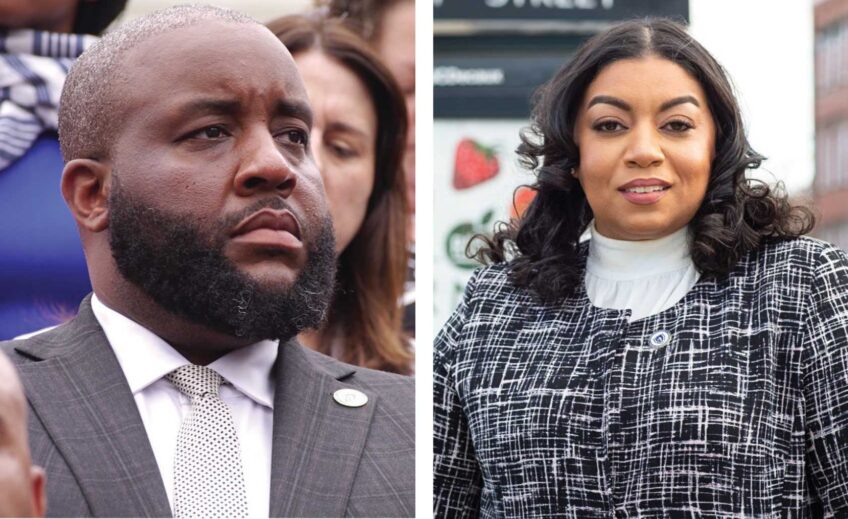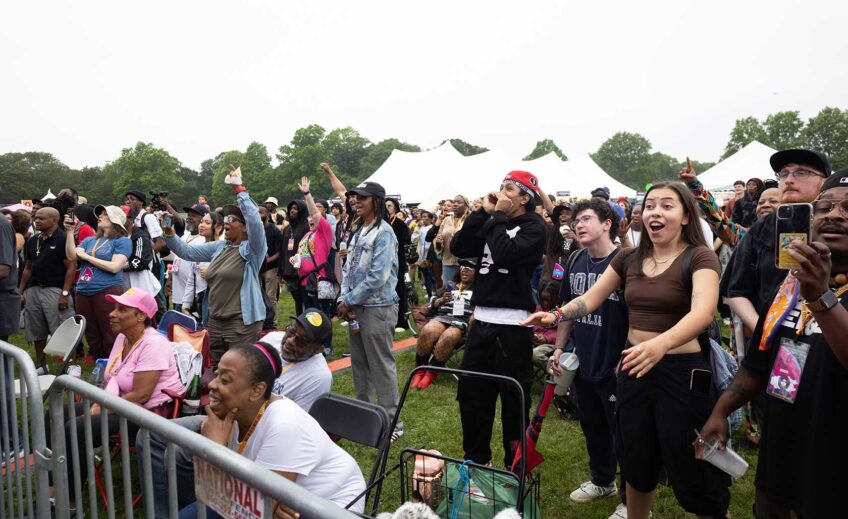Perhaps you’ve had a young cashier try to solicit a donation from you on behalf of the store’s latest Education First campaign. Or perhaps you’ve been greeted at some point by a small child asking that you buy chocolates in support of his school’s annual fundraiser.
Programs such as these are certainly well meaning. Nevertheless, their ongoing presence on the educational landscape speaks to the persistence of a national shame where universal access to a quality education remains one big charity case. Sadly, the competitive nature of our administration’s much touted Race to the Top campaign reflects the usual way public education is made to scramble for its resources.
Under our present condition, I can understand how anyone might be happy about a federal initiative that promises to dole out nearly six billion dollars (four-billion-plus for this year, and nearly 1.5 billion possibly for next) to our nation’s schools. Public education needs to grab as much from the federal pot as it can. But that’s just the problem. Too often, public education is forced into being content with whatever financial bone the federal government — and we, its citizenry — throw its way.
The tone of Race to the Top makes it even more disheartening. Grab as it may, not every school will receive. To date, out of the 41 states that have applied, 11 have been awarded money. The District of Columbia makes it 12. In addition, save for the state of Hawaii, all current recipients lie east of the Mississippi, which raises the troubling specter of a possible coastal bias that shuts out nearly three-quarters of the mainland. For the states that lose the scramble, it’s the students who suffer.
As the race continues to unfold, it shows the extent to which the educational sphere of our public life remains undervalued and degraded. The crabs-in-a-barrel tone it establishes adds to the humiliations already afflicting a system that forces its participants to exist in survival mode.
This Darwinian chord reinforces the elegiac stories that have become all too familiar: stories of teachers having to come out of pocket for school supplies; of budget cuts resulting in the elimination of physical education programs and the arts; stories involving a lack of counseling services; and so on. The list is as long as it is old.
For educators, it’s humiliating and patronizing to rationalize the hardship of this present reality with the altruism of the work. There is no romance in penury, nothing fantastic about martyrdom. Yet we continue to expect quality output from our public school system without paying for it. As one of my close friends, who also happens to be an educator, rhetorically asked me, “In what other field, besides education, is quality expected for free?”
Most educators I know enter the profession with their ideals intact and with a basic sense of altruistic purpose in life. Universal access to a quality education is truly for the public good, and, as a form of child rearing, educating our youth remains the most noble of tasks second to parenting itself.
Yet Race to the Top is a high-stakes competitive exam for a system of education that the nation as a whole has failed. In a blame-the-victim sort of way, public education now stands on trial, saddled with the burden of proving that it is not as villainous as society would claim, and that it can rehabilitate itself for a crime it didn’t commit.
The real crime, however, is the effect of our present reality upon our students. No proof should have to exist when it comes to the value of educating all of our nation’s youth. No young person in America should have to wait any longer for the support needed to guarantee his or her right to a quality education. Yet the harsh reality concerning competition in general — and initiatives like Race to the Top specifically — is that there is always a darker side associated with it. There must always be a loser. It’s a shame the loser continues to be our students.
David H. Roane is an artist and educator.






